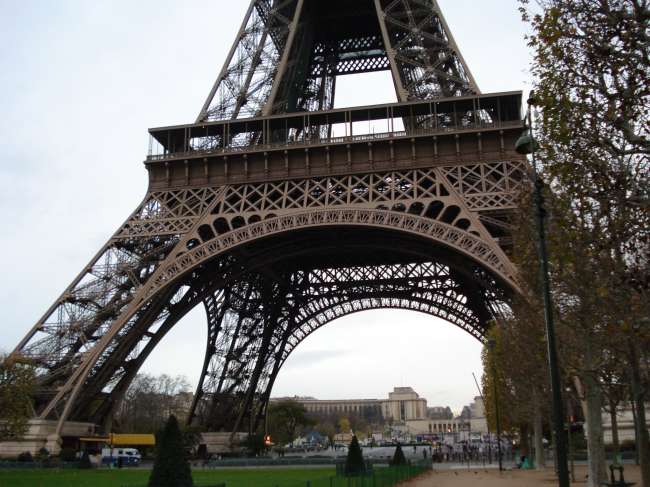
World Monument Photography
April 27, 2024
The most famous icon in Paris, France that stands today is the Eiffel Tower. It has come to symbolize peace and tranquility. Its architect was Gustave Eiffel, whose statue stands to this day at the base of the Eiffel Tower. The Eiffel Tower is 324 meters high and was considered to be the tallest building in the world when it was built in 1889. The tower took 2 years to build, but its completion was timed to coincide with the 100th anniversary of the start of the French Revolution.

The c read more
Everyone is familiar with the Pyramids of Giza and the Sphinx near Cairo, Egypt. Many tourists come to visit these sites to witness the only one of the seven wonders of the world that still stands to this day. Many leave not knowing that these pyramids were neither the oldest nor greatest of their kind. Around 40km south of the Pyramids of Giza lies another set of pyramids, the Pyramids of Dahshur. In this article, we uncover this hidden secret in Egypt.
Anyone who has visited the pyramids and seen the Sphinx in Giza, Egypt would be quick to notice that the nose is missing. The tour guide would be quick to point out that it was knocked out by a cannon ball from Napoleon`s army during his invasion of Egypt in 1798. So, this is the popular legend. Reality, however, will be shown to be quite different. In this article, the story of Napoleon`s invasion of Egypt and the case of Sphinx`s missing nose are examined.
The story of the Frenc read more
One of the most revered sites in Roman Catholicism is known as the Basilica of Our Lady Fatima. It is the site of millions of pilgrims every year. This city, like many others in the Iberian peninsula, have Muslim roots. What is most striking is that one of the main pilgrimage sites in Roman Catholicism was named after the daughter of the Prophet Muhammad, which was Fatima. In this article, we explore this interesting intermingling of the two faiths in the city of Fatima.
The Suleymaniye is a complex that was commissioned by Sultan Suleiman I, who is known to the West as Suleiman the Magnificent and to the Muslims as Suleiman the Lawgiver, is considered to be the longest reigning (from 1520 to 1566) and most powerful Ottoman ruler. He led his nation to be the dominant power of the Renaissance world. His armies were the strongest of his time, admired even by his enemies. An Italian commentator observed: "The military discipline has such justice and severity as eaily to surpass the ancient Greeks and Romans." His views on justice were codified into a legal system that was used unaltered up to the early 20th century and hailed a monumental contribution to humanity. He utilized the skills of his people to commission hundreds of buildings that would come to define Ottoman architecture.
At the beginning of his rule, the empire already included large areas of the Hungarian Empire, the Levant (Syria region), Egypt read more